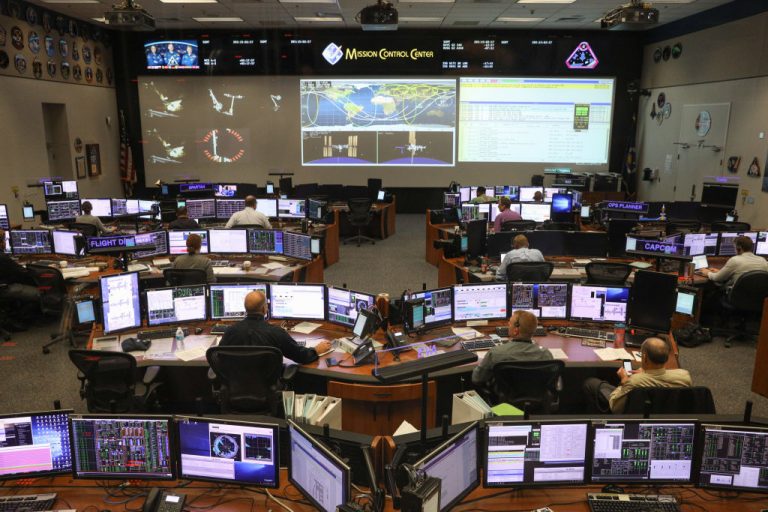On Monday, Nov. 15, the U.S. Space Command revealed that over the weekend Russia shot down one of its own satellites creating a dangerous “debris-generating event.”
In a statement provided to Fox News, the U.S. Space Command said that it is “aware of a debris-generating event in outer space,” adding that, “We are actively working to characterize the debris field and will continue to ensure all space-faring nations have the information necessary to maneuver satellites if impacted.”
The debris field was created after Russia downed, with a missile, one of its dead satellites in an anti-satellite test. The resulting debris field forced the occupants of the International Space Station (ISS) to shelter in an evacuation spacecraft until the debris field could be analyzed and it could be determined whether or not the debris posed a threat to the ISS and its occupants.
The Russian Roscosmos State Corporation for Space Activities said that the “orbit of the object, which forced the [International Space Station] crew today to move into spacecraft according to standard procedures, has moved away from the ISS orbit.”
The satellite downed was the Cosmos 1408 satellite, a retired Tselina-D class electronic intelligence/signals intelligence satellite, which was launched in September 1982 and has reportedly been dead for some time.
Success
You are now signed up for our newsletter
Success
Check your email to complete sign up
Jonathan McDowell, an astrophysicist at the Harvard-Smithsonian Center for Astrophysics, told The Guardian that the test may have generated pieces of shrapnel, too small to show up on radar, that could number in the hundreds of thousands. “The explosion probably increased the number of debris objects [orbiting around earth] by around 10%,” he said.
“It’s not a huge increase, but it’s worrying. We have a problem with space junk. So don’t deliberately create more,” McDowell told The Guardian.
As of January 2019, more than 128 million pieces of space debris smaller than 1 cm were estimated to be in orbit around the Earth. Around 900,000 pieces of debris ranging in size between 1 cm and 10 cm’s are estimated to be in orbit as well, and around 34,000 pieces larger than 10 cm (3.9 in) have also been identified.
Space debris consists of dead satellites, like the one Russia shot down, as well as dead spacecraft, discarded boosters, and even old anti-satellite weaponry launched in the 1960’s and 1970’s.
McDowell told The Guardian, “There’s a real concern that we’re getting a real environmental problem in outer space. Commercial activity isn’t being regulated adequately … it’s happening faster than regulation. It’s largely U.S. and Europeans but even China now is starting to have a true commercial space sector. It’s a bit of a wild west out there.”

















